
 |
|
|
|
|
#1 |
|
Member
Join Date: Aug 2007
Posts: 865
|
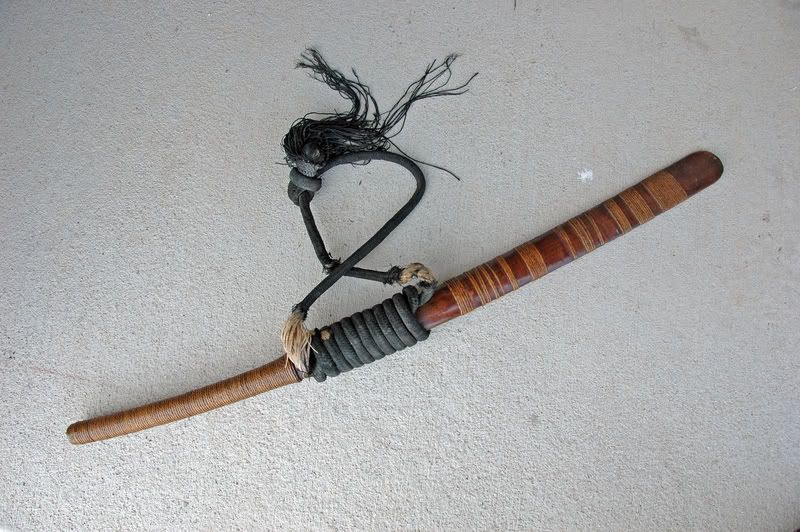 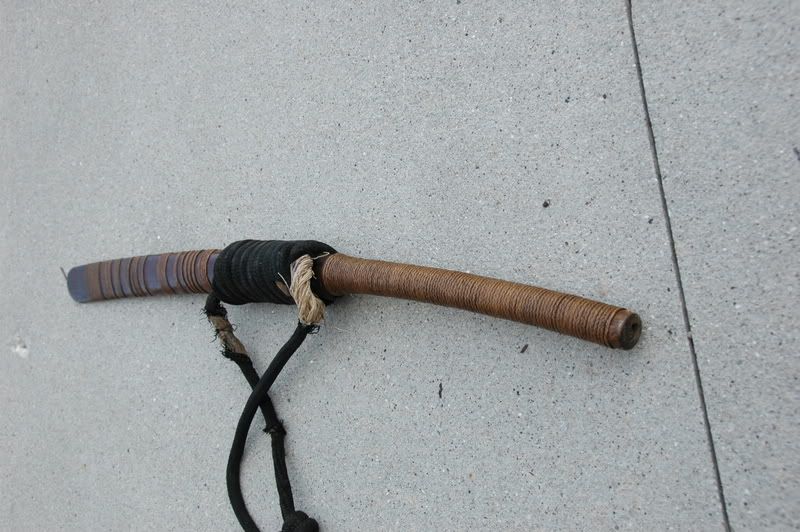 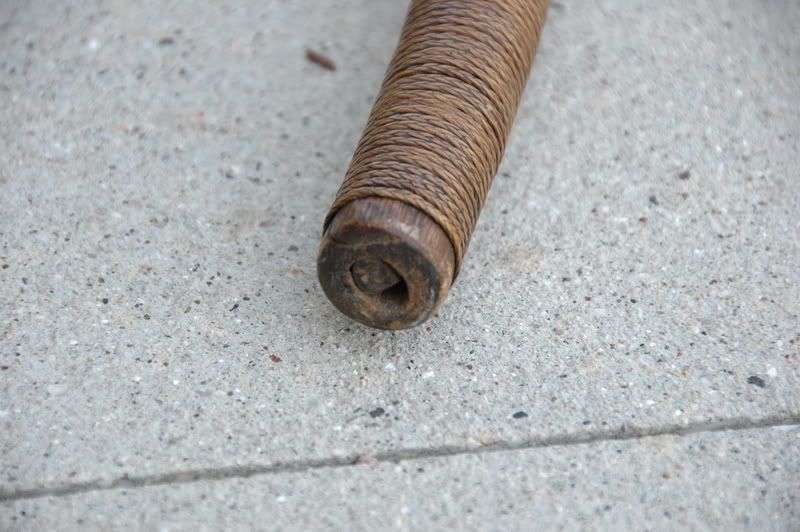 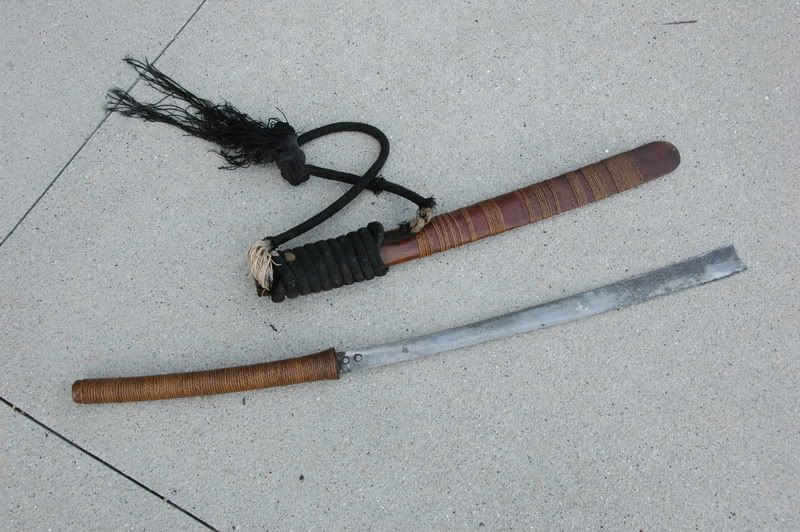 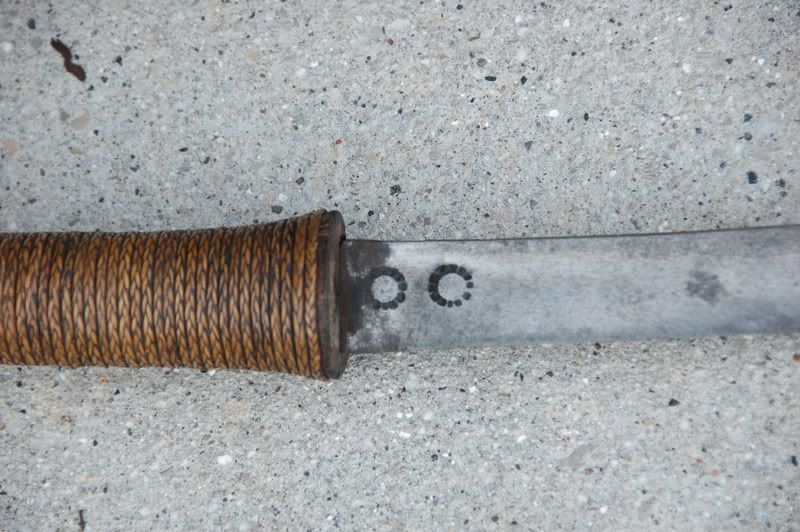
|
|
|

|
|
|
#2 |
|
Member
Join Date: Aug 2007
Posts: 865
|
 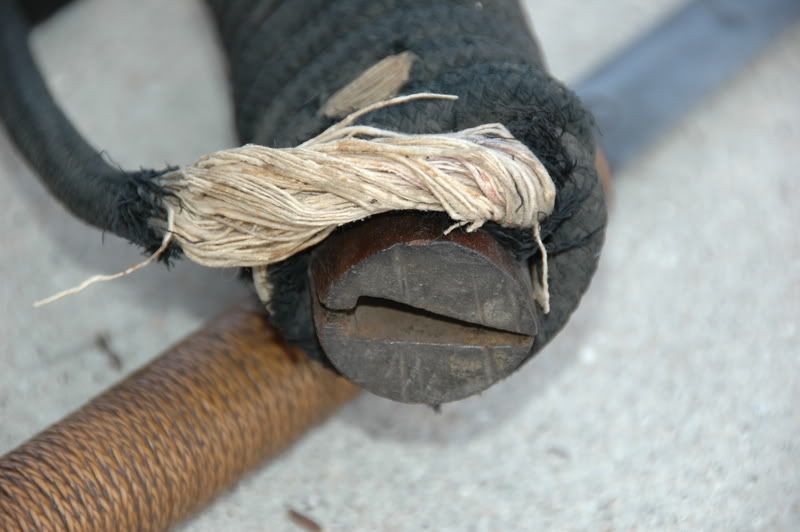 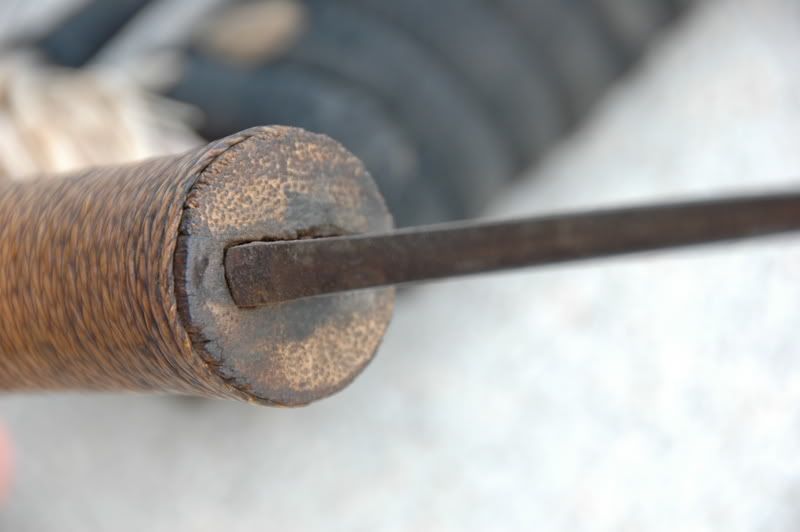 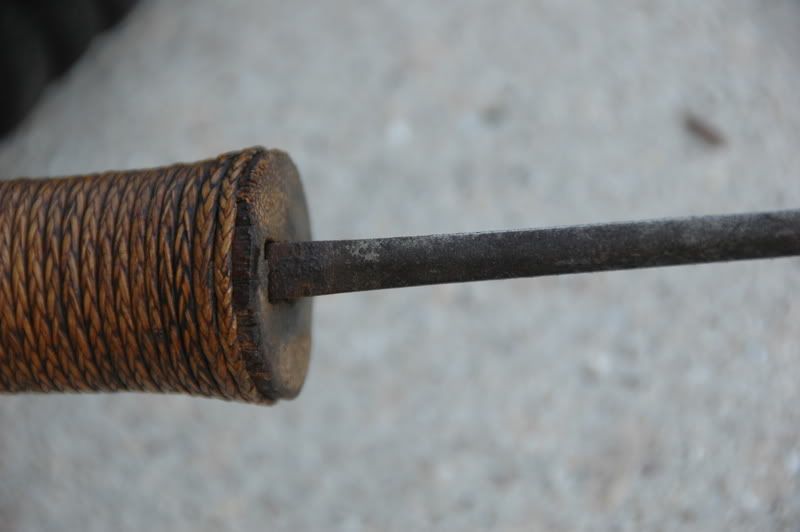
|
|
|

|
|
|
#3 |
|
Member
Join Date: Aug 2007
Location: CHRISTCHURCH NEW ZEALAND
Posts: 2,818
|
Another with the same marks. This one believed to be of SHAN origins. Yours appears to be MAYBE of KACHIN origin due to clipped blade. Mark--your comments??
regards Stuart |
|
|

|
|
|
#4 |
|
Member
Join Date: Nov 2004
Location: USA
Posts: 1,725
|
Definitely not Kachin. Shan/Tai, probably from Thailand.
|
|
|

|
|
|
#5 |
|
Member
Join Date: Dec 2004
Posts: 987
|
I agree. The initial assumption that a square/concave tip mean Kachin has not held up. I have seen a couple with the double circle mark, which I think represants a flower. I have seen a few more with a single circle. The meaning of the marks I have no idea about, though I am assuming that they are maker's marks. They seem to occur on dha from northern Thailand (e.g., Chiang Mai), however.
Here are two circles combined with a turtle; note the stylized foliage extending from the right-hand one   Here is one that was filled with resin   Another single divided like a pie, made with a single punch it seems  
|
|
|

|
 |
|
|